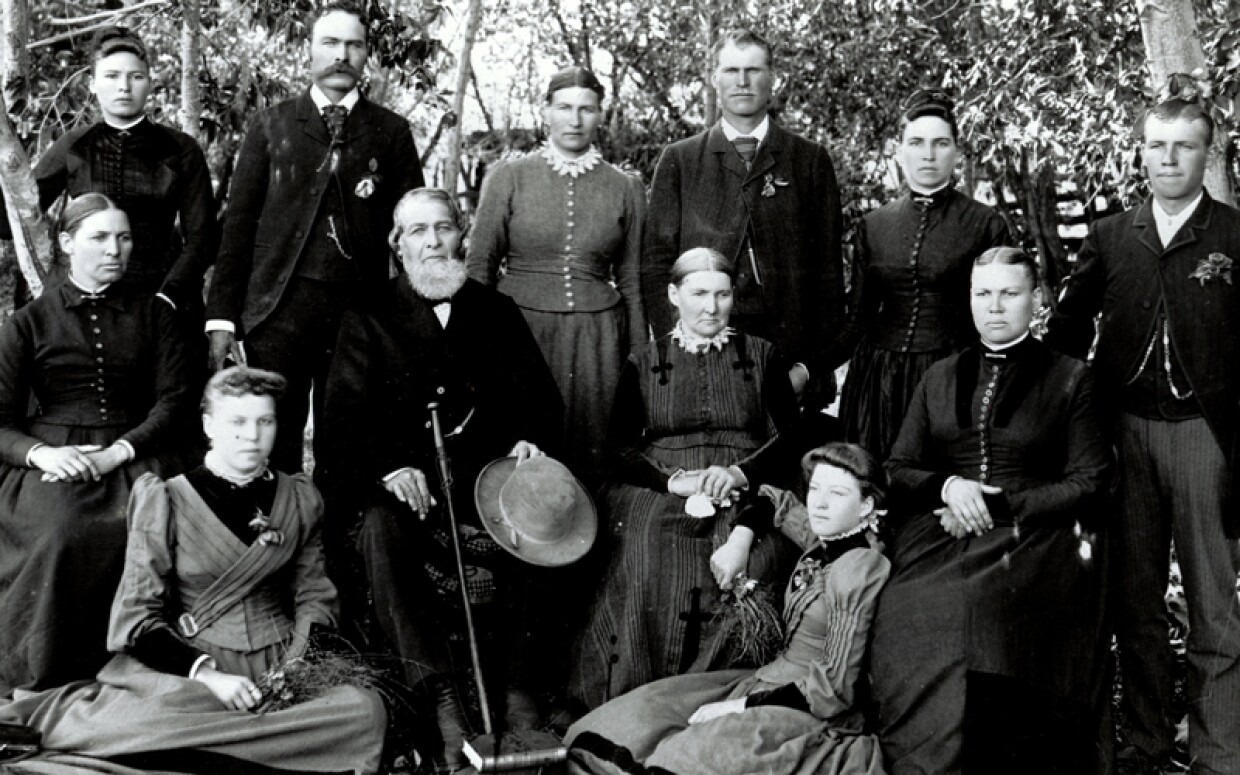
If you are going to look at old photographs, there is one particular thing that comes to mind. Aside from their black and white characteristics, these old photos actually have one thing in common. Technically, every individual who was in an old photograph wasn’t wearing a smile. Instead, all people back then looked serious and sometimes with a furtive look. Was a non-smiling photo the trend in the old days?
If you have friends or relatives with collections of old portrait photos, or if you are going to browse online for old photographs, generally you will see adults and children who look serious and are not smiling. Even if an occasion entailed happiness and joy, a non-smiling pic was the protocol during the old days, and this proves to be true especially in photographs and portraits that were taken during the latter part of the 18th century and most parts of the 19th century.
There are indeed many theories why people in the past never smiled in their photographs and portraits. To have a better understanding about why a ‘non-smiling’ aura was the norm in the past, let us now take the time to learn about the traditions and history of photography and portraiture of the old days.
Early cameras found it difficult to capture portraits
Before, photos and portraits that were taken by early cameras took a very long time to achieve exposure. Normally, a photo often takes time to get itself exposed. This means that a subject should sit still and devoid of any movement for a long span of time. On average, early cameras took twenty minutes or more to take a single photo. To be able to achieve a photo with the highest quality and standards, the subject is required to keep still and motionless all throughout the required exposure time by the photographer.
With the amount of time required for exposure, being captured by the camera was more comfortable with a relaxed face than with a smiling face. But this procedure hasn’t stayed for a long time due to the advancement of technology. With the passing of years, especially in the 1900s, more advanced cameras were made available, and they could capture a photo in just around twenty seconds. Compared to today’s standards, these early cameras were extremely slow but very fast for the standards of the old days.
Portraiture photography: an alternative to painting
Portraits, during the old times, were made to document the existence of a person. Before the discovery of cameras, portraits were commonly hand-painted, which were absolutely time-consuming. It was commonly done to commemorate special occasions or events such as celebrations, birthdays, achievements, etc. Portraiture was a significant moment that entailed seriousness up to the person’s facial expression.
Death portraits: an obsession of the Victorians
One reason why people in old photos didn’t smile is because people of the Victorian era had a very strong tradition of taking photos of the dead or their deceased loved ones. This era made death photography extremely popular due to the fact that it was the only way to capture and preserve the “death presentation” of an individual.
During the Victorian times, when a person died, he was commonly dressed in black then placed upright, sitting, or standing to be photographed. Victorians perceived this way as a passage to eternal life or immortality. These portraits are thought to be the reason why portraiture photography was treated with seriousness.
Smiling was strongly disapproved from the 18th Century to the 19th Century
The Edwardians and Victorians strongly disapproved of smiling because it was considered a lower-class, foolish, and idiotic gesture. Whether in front of a camera, a painter, or other persons, people during those times wear straight and serious faces to exude power and elegance.






